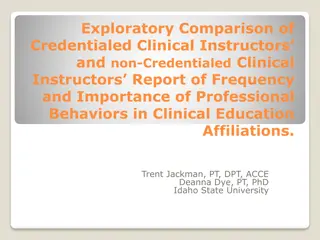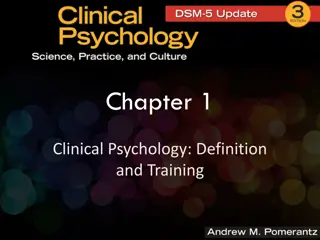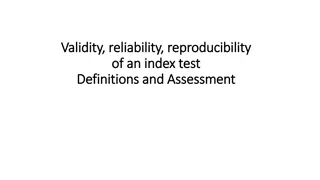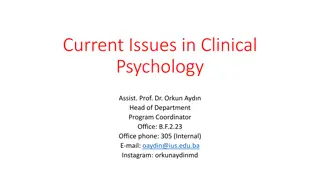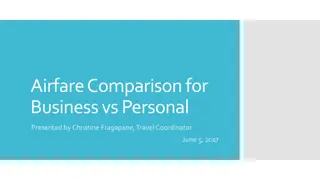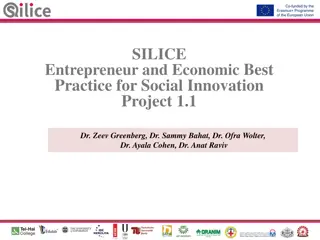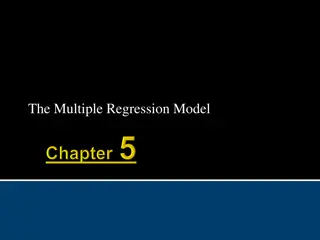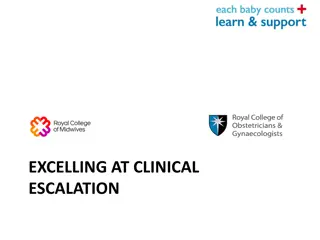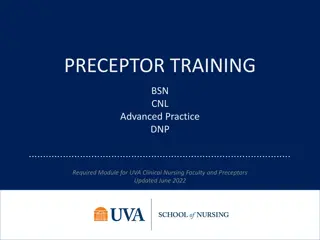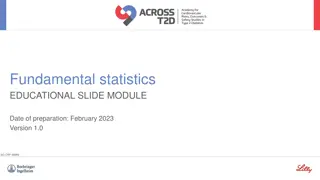Comparison of 1:1 Model in Clinical Education
The experience of a 1:1 model in clinical education is compared with literature, highlighting advantages such as peer support, autonomy, and job satisfaction, and disadvantages such as limited contact time and increased stress. The model's impact on productivity, student learning, and educator workload is discussed, with suggestions for optimizing student placements. Overall, the model may be suitable for specific settings and requires careful consideration of student needs and educator capacity.
Download Presentation

Please find below an Image/Link to download the presentation.
The content on the website is provided AS IS for your information and personal use only. It may not be sold, licensed, or shared on other websites without obtaining consent from the author. Download presentation by click this link. If you encounter any issues during the download, it is possible that the publisher has removed the file from their server.
E N D
Presentation Transcript
4:1 MODEL A personal account
4:1 Model Based in University Hospital Monklands 4 weeks full time Majority of the PE caseload was divided between 4 students Contact time with practice educator was staggered throughout the week Supporting band 5/6/7 PT s present University lecturers would substitute for PE for 1 afternoon per week Midway and end of placement assessments were conducted.
Positive aspects Peer support in an unfamiliar environment Freedom to collaborate and facilitate learning (as an alternative to the practice educator) Encourages self-directed learning and improved autonomy Greater sense of responsibility and job satisfaction Building self confidence working alongside peers Improved socialisation in the workplace Better exposure to end-stage rehabilitation
Disadvantages Less available contact time with Practice Educator Time allocation varying on learning needs Negative impact on the duration of treatment sessions Overbearing sense of competition Paints a poor representation of true caseloads Increased stress for practice educator and colleagues
How my experiences compare with the literature? The 1:1 model does not assist in increasing productivity and the student lacks the benefits of peer learning such as discussion and practice of techniques Advantages reported for clinical educators include increased time for supervision, greater student independence, and fewer superficial questions It is likely that the most enduring misconception relates to the view that two students will result in double the work for the educator and half the quality for the student Students reported a less stressful, more comfortable learning environment which encouraged questioning and dialogue between students
Would I recommend this model? No one model is superior Ease pressures when sourcing practice placements Set parameters to maximise student learning: Preferably used for a first/second MSK placement Model may not be applicable to other clinical areas Capacity to accommodate 4 students A willingness for students to participate in this model Potential limitations on the duration of placement (4 > 6 weeks)
Questions? Questions?


